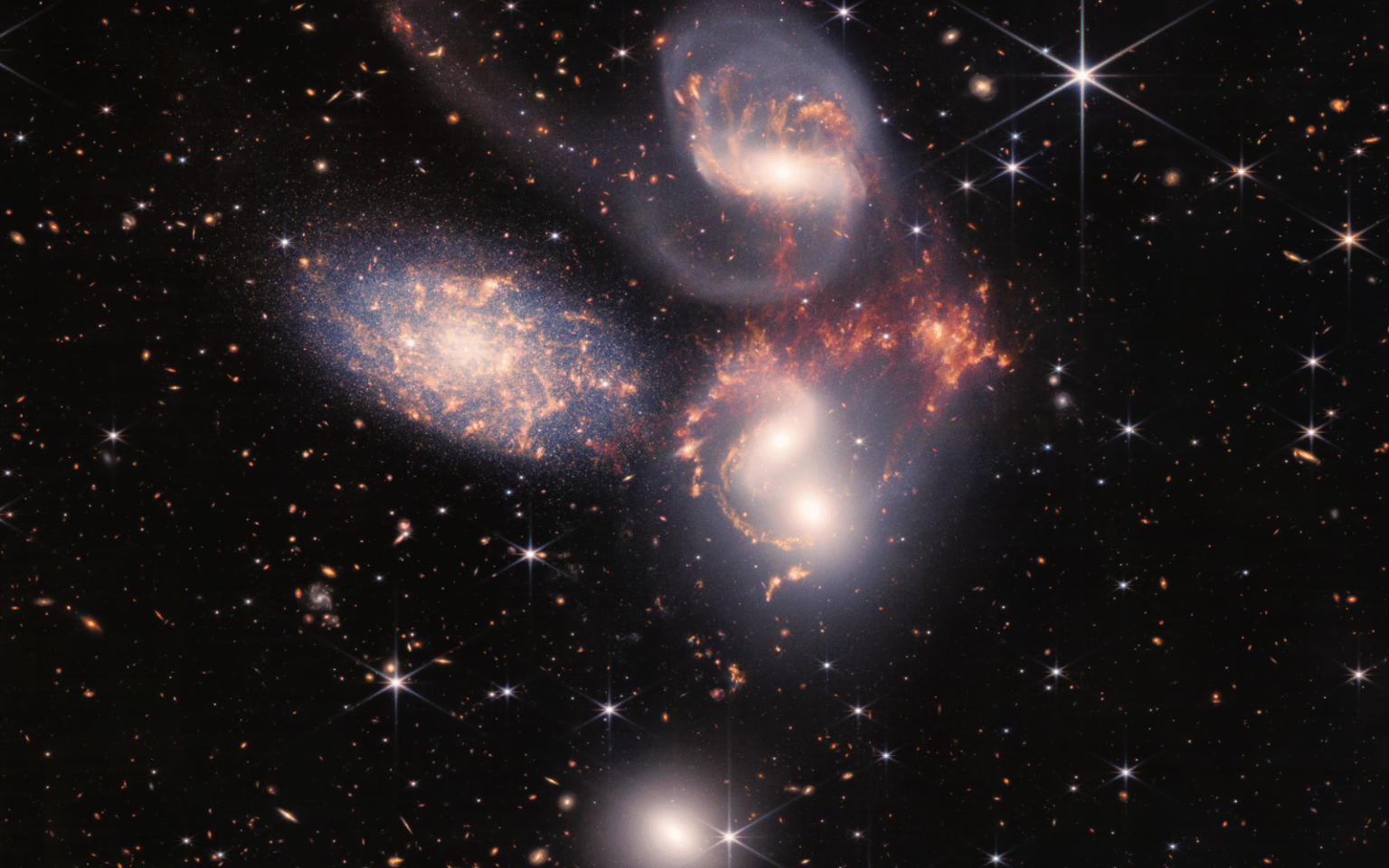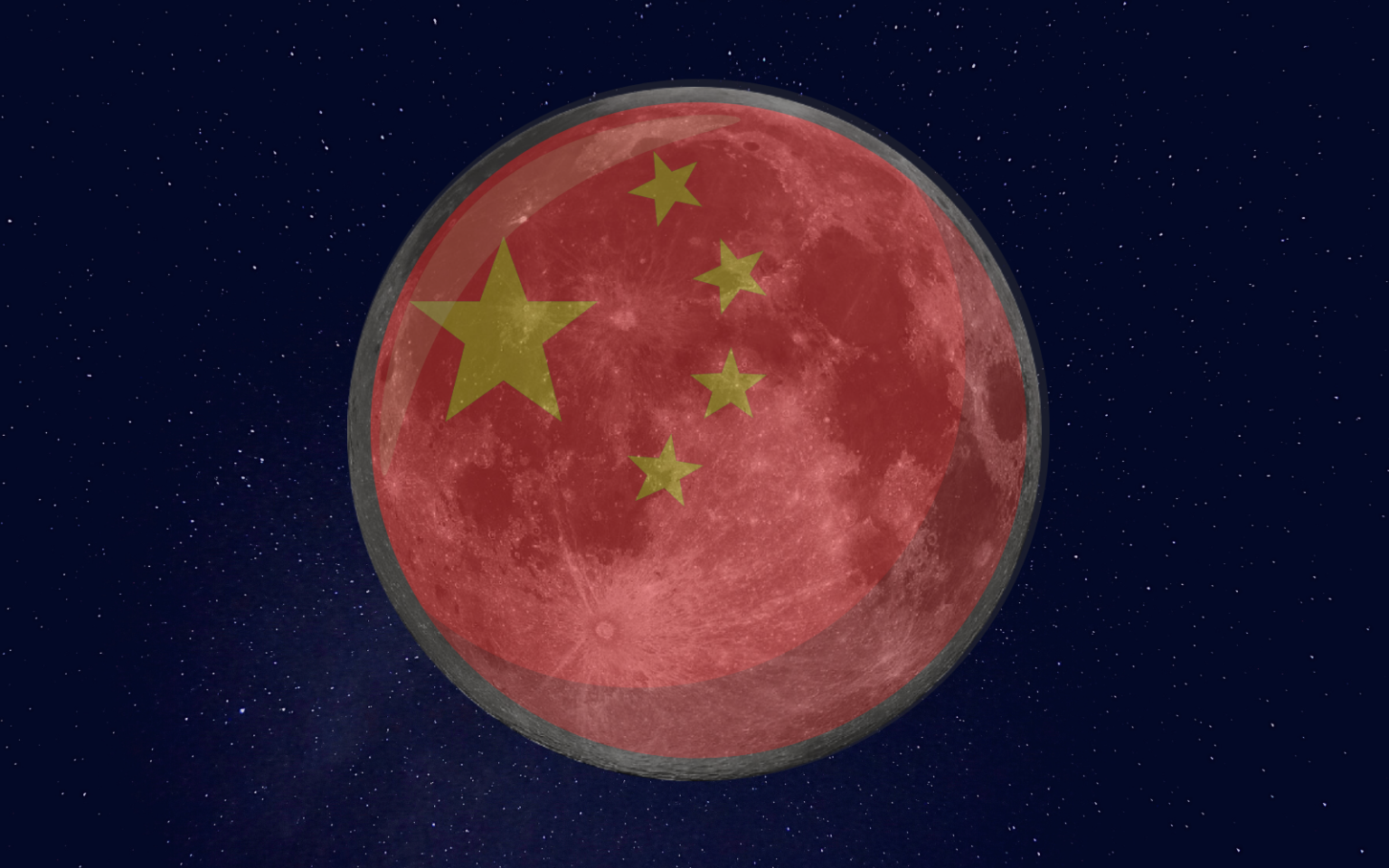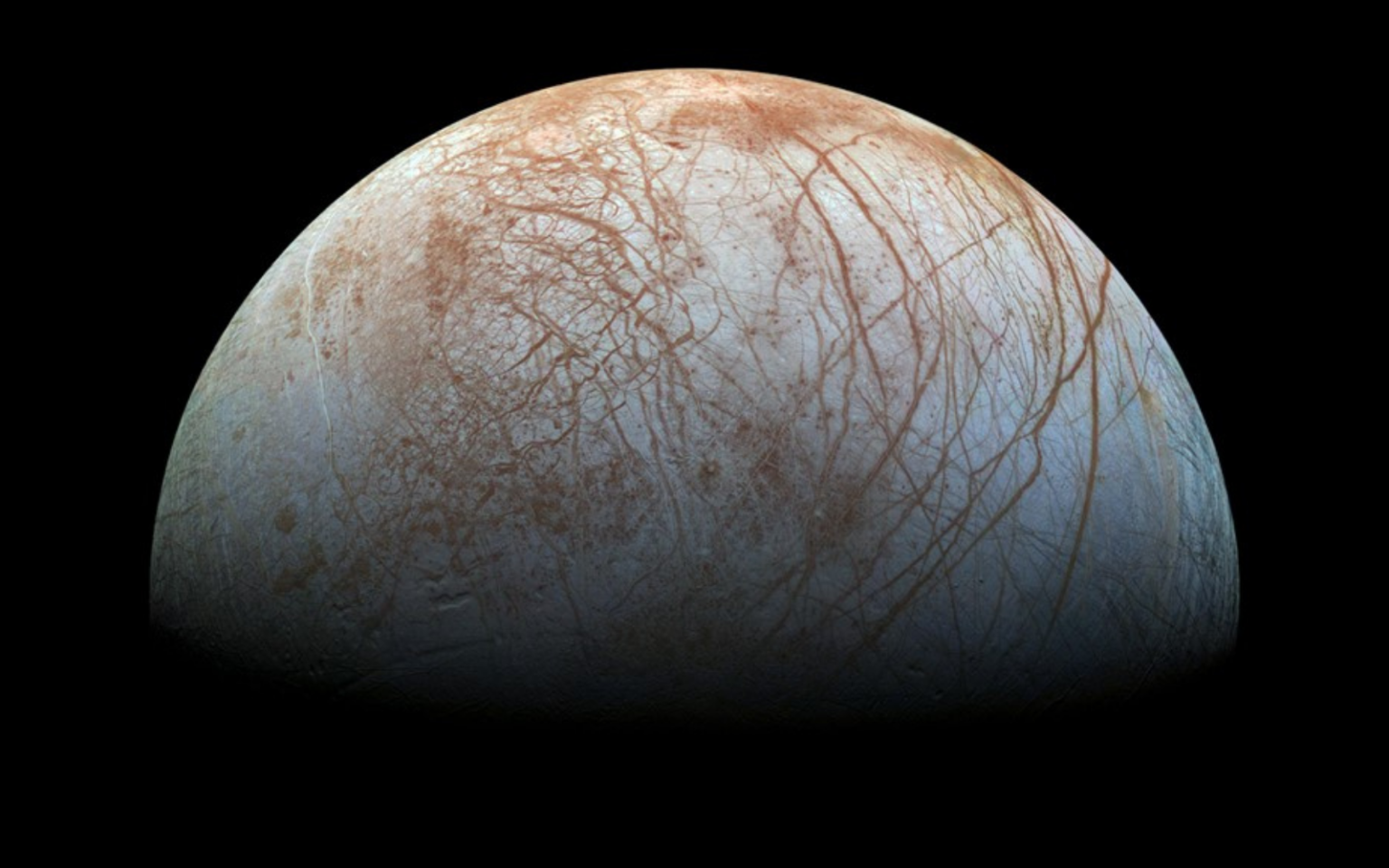We all like to think we’re immune to scams. We scoff at emails from an unknown sender offering us millions, in exchange for our bank details. But the game has changed and con artists have developed new, chilling tactics. They are taking the personal approach and scouring the internet for all the details they can find about us. Scammers are getting so good at it that even cybersecurity experts are taken in. One of us (Oliver Buckley) recalls that in 2018 he received an email from the pro-vice chancellor of his university. This is it, I thought. I’m finally getting…
Author: The Conversation
The James Webb Space Telescope team has released the first science-quality images from the new telescope. In them are the oldest galaxies ever seen by human eyes, evidence of water on a planet 1,000 light-years away and incredible details showing the birth and death of stars. Webb’s purpose is to explore origins – of the universe, of galaxies, of stars and of life – and the five images released on July 12, 2022, make good on that promise. Once the suite of instruments onboard all cooled down and were running smoothly, astronomers wasted no time in putting Webb to work. Each of the…
In a world rife with opposing views, let’s draw attention to something we can all agree on: if I show you my pen, and then hide it behind my back, my pen still exists – even though you can’t see it anymore. We can all agree it still exists, and probably has the same shape and colour it did before it went behind my back. This is just common sense. These common-sense laws of the physical world are universally understood by humans. Even two-month-old infants share this understanding. But scientists are still puzzled by some aspects of how we achieve this fundamental understanding.…
The connections between the neurons in your brain enable you to do amazing things, from brushing your teeth to solving calculus equations. When these connections become damaged, often as a result of conditions like stroke or traumatic brain injury, these abilities can be lost. Directly activating neurons with tiny pulses of electricity, however, can help rewire these connections and potentially restore function. Doctors currently use this technique, called neurostimulation, to treat conditions like Parkinson’s and depression. We believe that neurostimulation has the potential to not only treat symptoms but also cure a wider range of diseases by repairing damaged connections. However, it has been unclear…
NASA Administrator Bill Nelson recently expressed concerns over China’s aims in space, and in particular, that China would, in some way, claim ownership over the Moon and stop other countries from exploring it. In an interview with a German newspaper, Nelson cautioned, “We must be very concerned that China is landing on the Moon and saying: ‘It’s ours now and you stay out.‘” China immediately denounced the claims as a “lie”. This spat between the administrator of NASA and Chinese government officials comes at a time when both nations are actively working on missions to the Moon – and China has not been shy about its…
Nasa has recently announced US$600,000 (£495,000) in funding for a study into the feasibility of sending swarms of miniature swimming robots (known as independent micro-swimmers) to explore oceans beneath the icy shells of our Solar System’s many “ocean worlds”. But don’t imagine metal humanoids swimming frog-like underwater. They will probably be simple, triangular wedges. Pluto is one example of a likely ocean world. But the worlds with oceans nearest to the surface, making them the most accessible, are Europa, a moon of Jupiter, and Enceladus, a moon of Saturn. Life inside ocean worlds These oceans are of interest to scientists not just because they contain…
The average body contains about 37 trillion cells – and we are in the midst of a revolutionary quest to understand what they all do. Unravelling this requires the expertise of scientists from all different backgrounds – computer scientists, biologists, clinicians and mathematicians – as well as new technology and some pretty sophisticated algorithms. Where once a primitive microscope, essentially little more than a magnifying glass, would reveal a new cell directly and viscerally – in the same way that Antonie van Leeuwenhoek discovered sperm in 1677 – today it is analysis on a computer screen which brings us such revelations. But…
Website cookies are online surveillance tools, and the commercial and government entities that use them would prefer people not read those notifications too closely. People who do read the notifications carefully will find that they have the option to say no to some or all cookies. The problem is, without careful attention those notifications become an annoyance and a subtle reminder that your online activity can be tracked. As a researcher who studies online surveillance, I’ve found that failing to read the notifications thoroughly can lead to negative emotions and affect what people do online. How cookies work Browser cookies are not new. They…
When English statesman Sir Francis Bacon famously said “knowledge is power”, he could hardly have foreseen the rise of ubiquitous social media some 500 years later. Yet social media platforms are some of the world’s most powerful businesses – not least because they can collect massive amounts of user data, and use algorithms to turn the data into actionable knowledge. Today, TikTok has some of the best algorithms in the business, and a suite of data-collection mechanisms. This is how it manages to be so addictive, with some 1.2 billion users as of December 2021. This number is expected to rise to 1.8 billion by the end of the…
Before the pandemic, a typical commute may have involved choosing between walking, driving or taking public transit. Ride-sharing apps have also allowed us to request rides in a shared car, on a bike or even using a scooter. Walking might involve a journey that begins on a residential street and travels through bustling commercial strips, past cyclists and delivery drivers that would need to be dodged and manoeuvering through busy intersections. The pandemic altered the commute for most and changed our experience of moving through cities. Municipalities have been installing bike lanes, reducing car lanes and parking, widening sidewalks and green spaces and creating…










